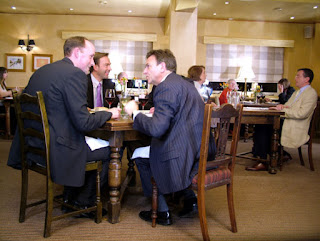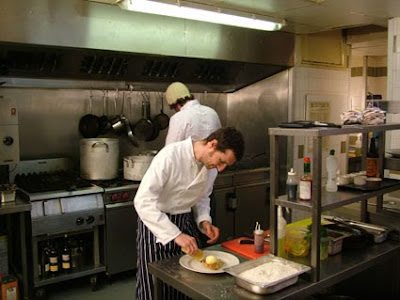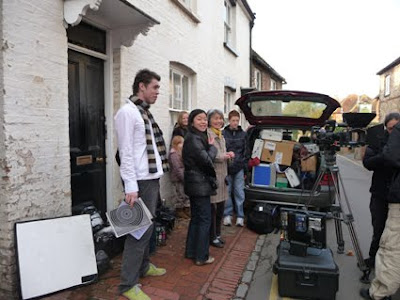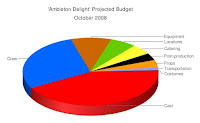 By Itsuka Yamasaki (Producer/writer)
By Itsuka Yamasaki (Producer/writer)Sinéad and I worked more like casting directors, suggesting/bringing actors for director Dan's consideration. I don't think there are written rules but I would like to share how to make your life easy when arranging a casting session for a low budget film.
1. For key roles, invite only committed professional actors.
You don't want actor-director-producer-writer-musician-painter-all-at-the-sametime sort of people. You want committed actors, who have entries to some trade bodies/professional databases such as Spotlight, Equity, IMDb.
2. For key roles, invite actors with online showreels.
Headshots can be very deceiving. So you need motion pictures of the actor, which professional actors most undoubtedly have online.
3. Save your time by approaching actors rather than having them approach you.
With Ambleton Delight we decided to send personal invitations to actors that fit the profile via Casting Call Pro rather than posting casting calls (the last time we posted a casting call, we received 100+ applications including from those that did not fit the requirement at all). It made our lives a lot, lot easier.
4. Find that X-Factor.
After Ambleton we started to think it's "motion-camera genic" (interestingly, "photogenic" people don't always look good on in a moving image) and "someone who people care about" (this is not about whether people like the person or not; we don't 'like' villains but we do care what they are going to do in the movie).
5. Audition starts before you meet the actor.
Those who are good at communication tend to be easy to deal with later. When we first contacted Jos Lawton it was via e-mail and we had the impression that he was pleasant and professional (his e-mail signature contained his details as an actor such as spotlight pin, his build etc as well as usual mobile number/e-mail address). This "first impression" hasn't changed even after we shot an entire feature film with him!
6. Actors are humans with feelings.
It's true that actors are used to "rejection" and not being cast for your film might be just another one. But it's still not a nice experience. So be reasonable and decent when informing those who aren't selected for the role. You never know, you might need them in your future project!
And finally...
7. You never know.
Yes, we say this quite often. Holding auditions is a good and practical way of casting your film but really, you don't know when you meet your perfect cast for your film. For your interest I've listed how we found some cast members in Ambleton Delight other than the audition route (we did audition them but they were pretty much the only one auditioned for the role).
- Met at another event and got on well
- Worked together in a previous film
- Recommended by another actor
- Found at a local acting school database
- Met at an audition for a previous film
- Auditioned for another role in the film
- Found at a local stage play

















































